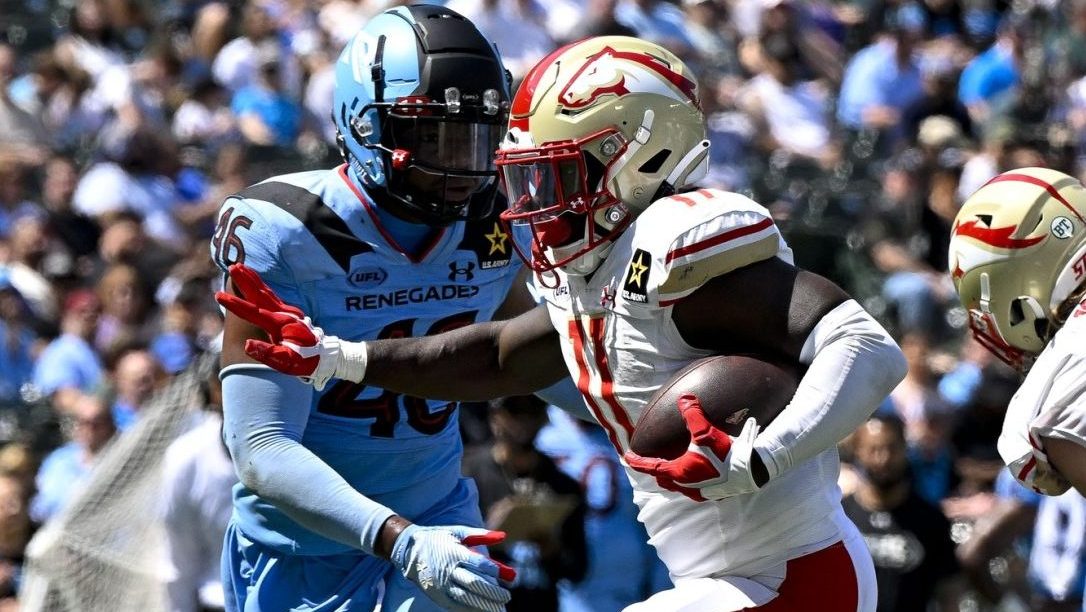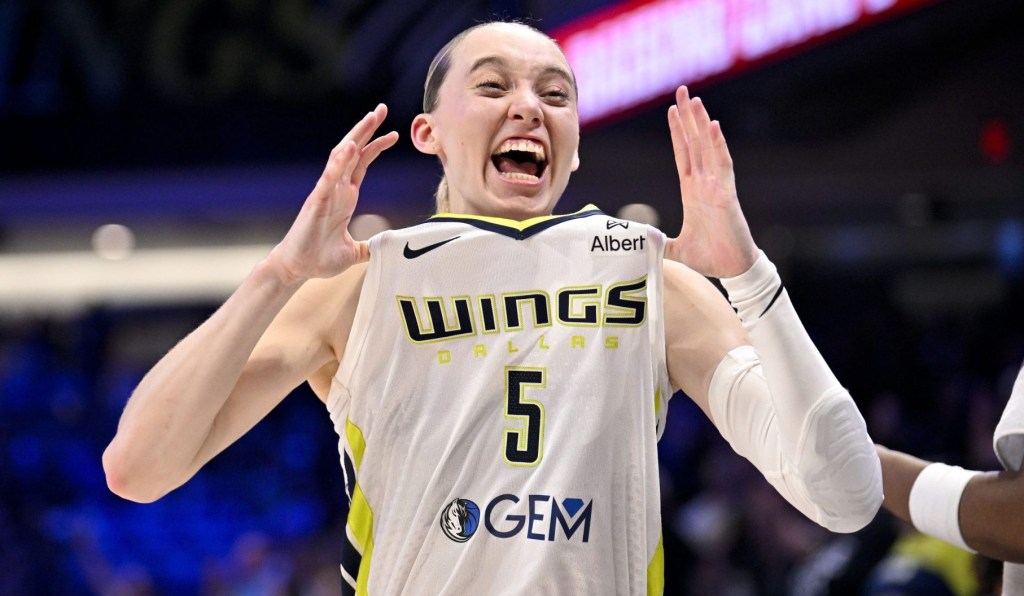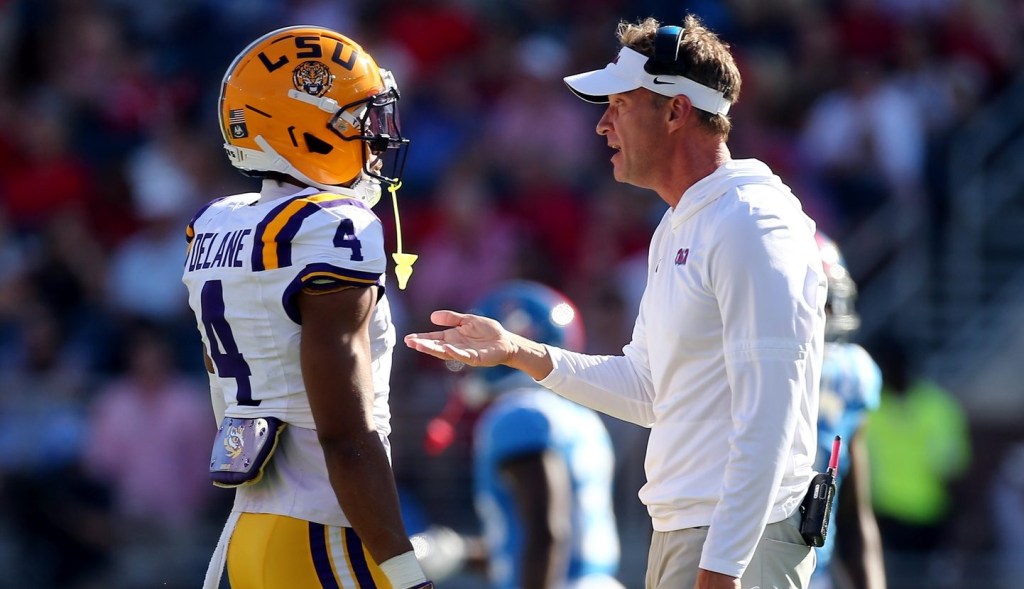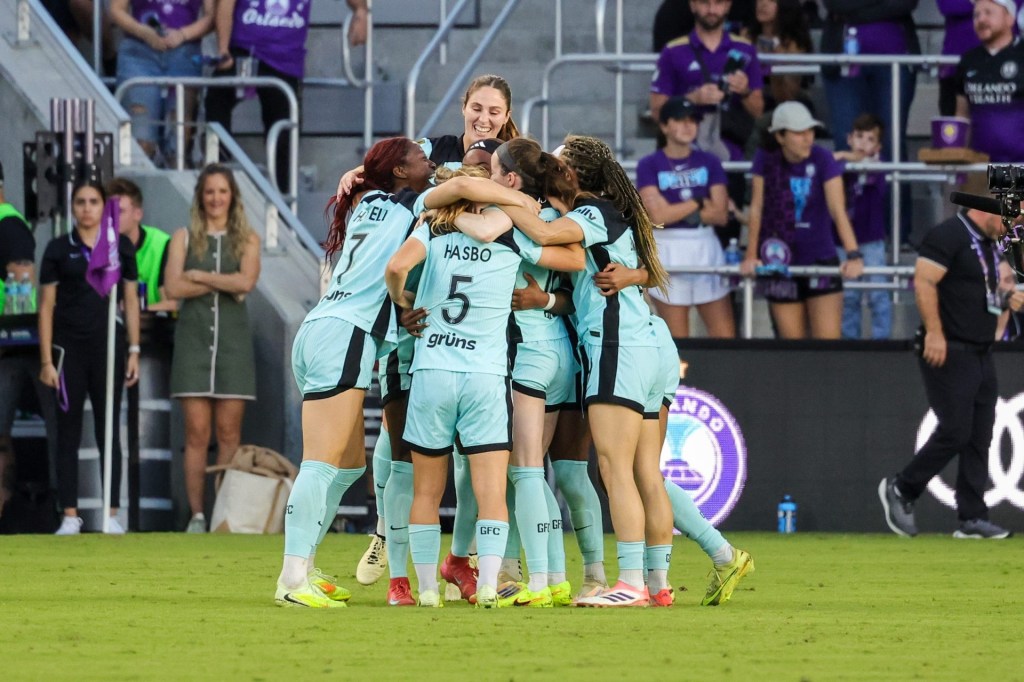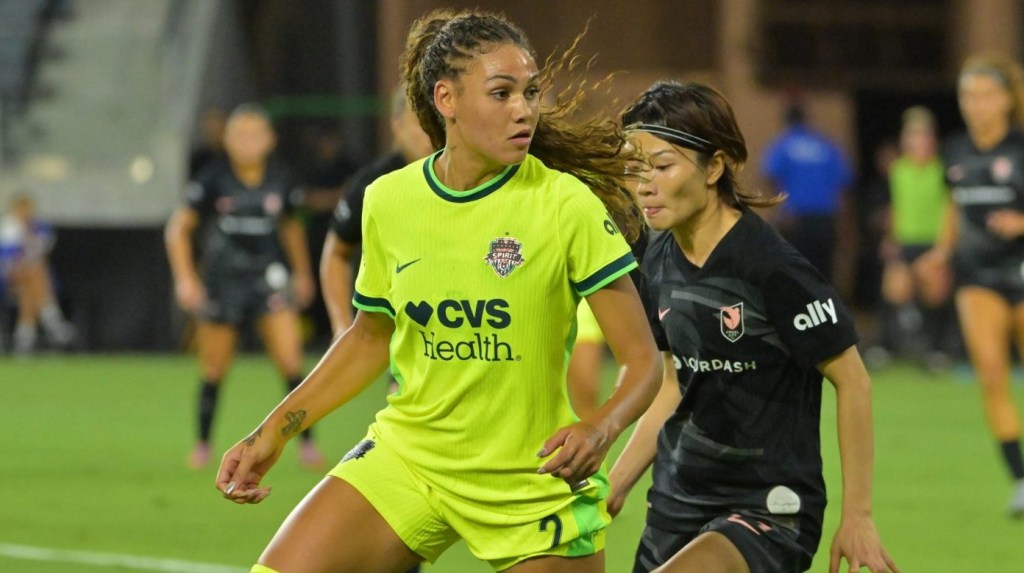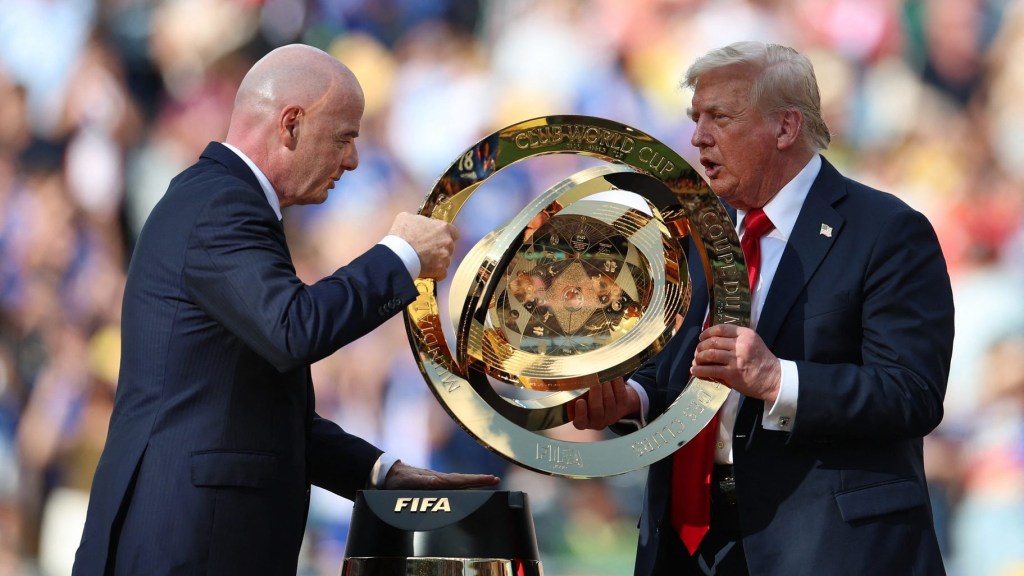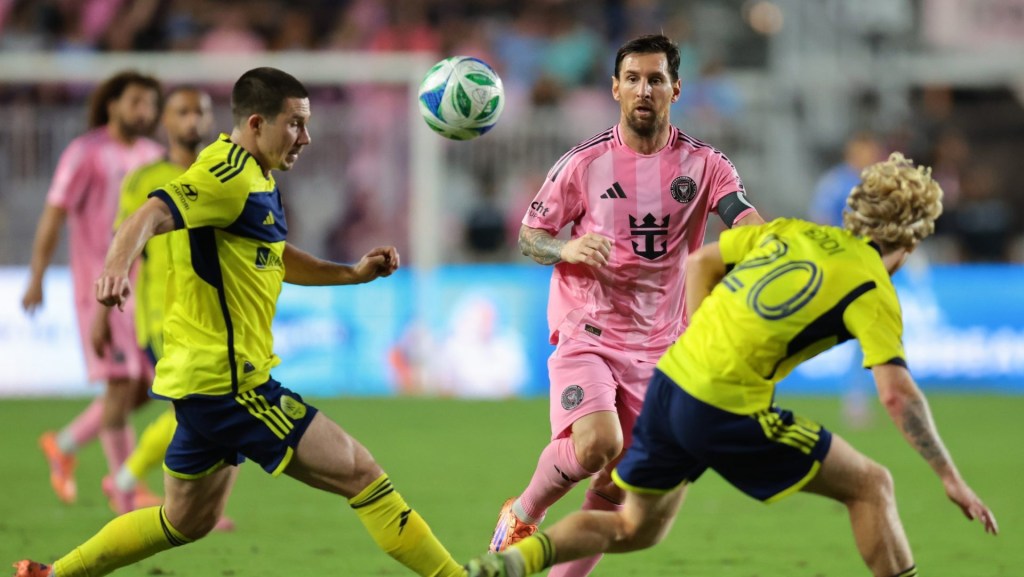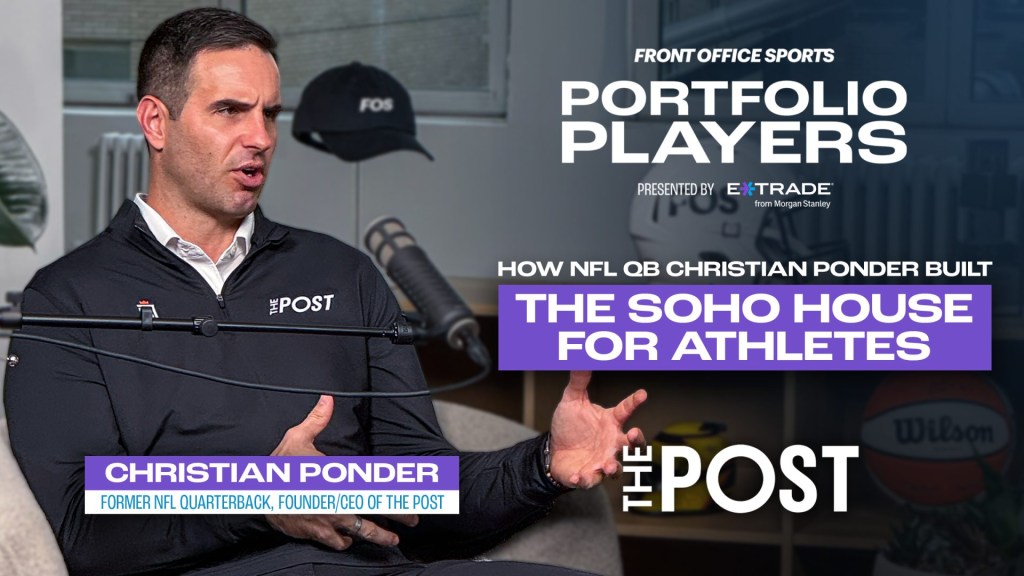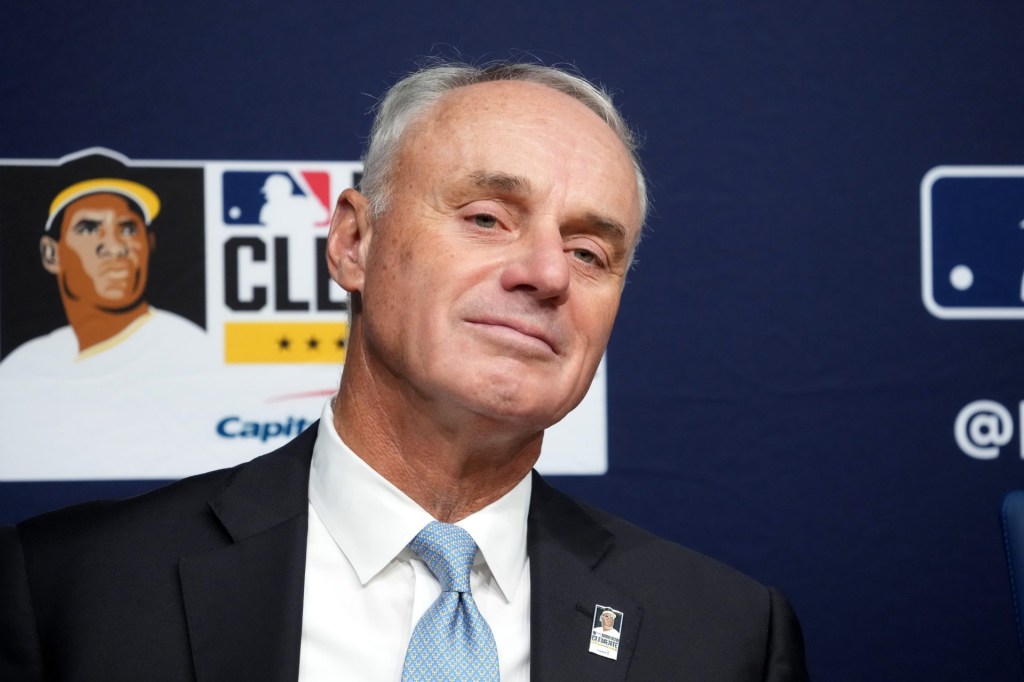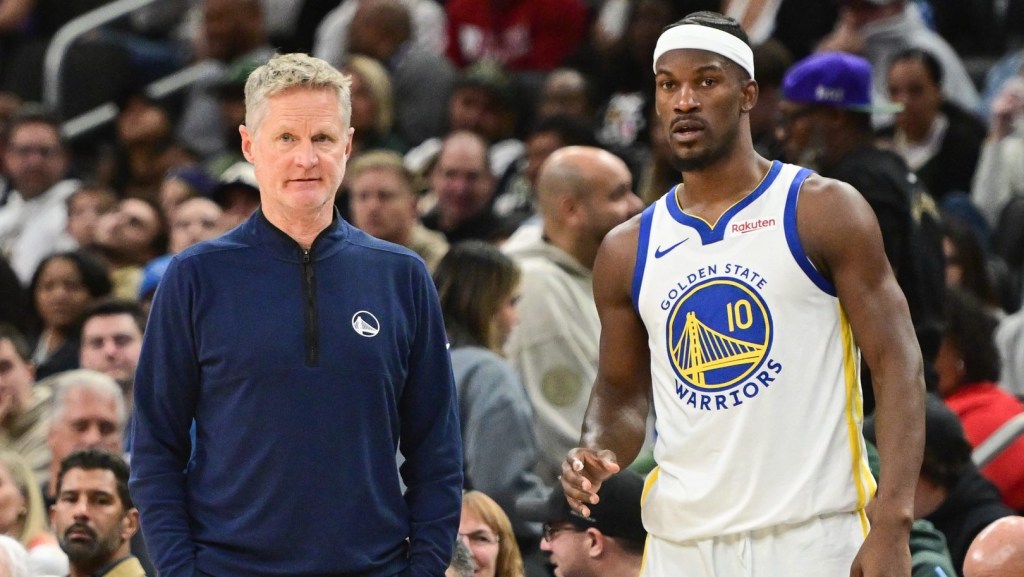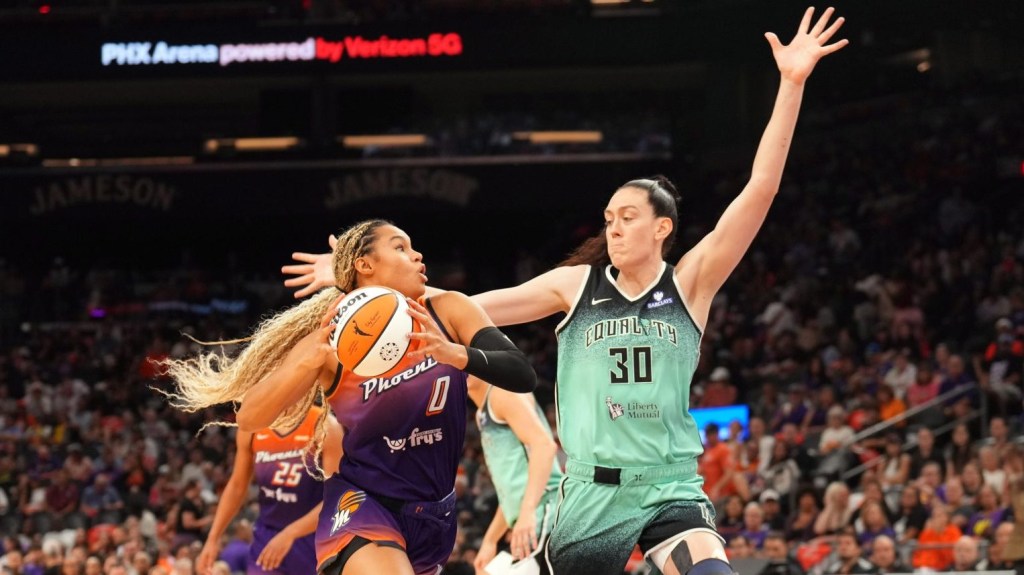The latest spring football league just concluded its debut season, with some metrics pointing up and others trending slightly down.
The UFL, a merger of the former XFL and USFL, hosted its inaugural championship game in St. Louis on Sunday, as 27,396 fans watched the Birmingham Stallions beat the San Antonio Brahmas. That brought the league’s final Year 1 attendance total to 581,016, a per-game average of 13,512 across 43 regular-season and postseason contests. That’s lower than the XFL’s average of 14,703 fans per game in 2023. (The USFL didn’t have true home and road games last year, with the league’s eight teams playing in only four markets.)
On TV, though, the UFL saw a viewership boost over its old counterparts. The regular season averaged 816,000 viewers across Fox, ABC, and ESPN, good for a 30% increase over the XFL and USFL average in 2023. Both conference championship games drew more than one million viewers each, representing a 57% bump from the 748,000 average USFL/XFL playoff audience.
Changes Coming
Next year, Fox, a broadcast partner that owns 50% of the UFL, will be making a significant adjustment to its spring football TV schedule. The network will shift “many” UFL games from Sundays to Friday nights, Fox Sports CEO Eric Shanks said recently. The move will be made to accommodate incoming IndyCar Series race broadcasts, which Fox has acquired the rights to, starting in 2025. Whether that move impacts UFL ratings remains to be seen.
Expert Opinion
To take stock of the current spring football landscape, Front Office Sports checked in with a man that has plenty of experience in the space: Oliver Luck. The longtime sports executive was most recently the commissioner of the XFL in 2020, when it was under the ownership of Vince McMahon. Luck also was the president of NFL Europe in the ’90s when the former World League played spring games.
“You really need deep pockets,” Luck tells FOS, acknowledging the “spotty history” of spring leagues. “Because you’re going to lose some money in Year 1, Year 2, Year 3, probably into Years 4 and 5.” But if the finances are right, Luck sees plenty of ways that the NFL could benefit from rules, technology, and broadcast innovations. “There’s a whole universe out there of potential things that a spring league could serve as a little bit of a petri dish.”
One change Luck says the UFL should make is its start date, which this year was in late March. “I think one of the good things that the XFL did is we started the weekend after the Super Bowl,” he says. “And I always thought that people still had a football [mindset] going, because they were in that football mode.”
Better Together?
In the NFL Europe days, teams could allocate players to international clubs, a process Luck says most coaches and GMs seemed happy with. No spring league since has struck any such formal relationship with the NFL.
But finding a peaceful coexistence will be key for UFL—or any other entity looking to break into space. Luck says he met with NFL commissioner Roger Goodell twice during his time with the XFL to talk logistics. “That’s a fairly intricate dance,” Luck says. “Because we believed—and I’m sure that’s still the case today—that literally everybody who was playing in the XFL in 2020, the goal was to get into the NFL or have an opportunity to go to a training camp.”
The Lions recently signed Jake Bates, formerly a kicker with the UFL’s Michigan Panthers to a two-year contract. Moves like that will be key for the UFL moving forward, in addition to the NFL’s considering some spring football-led technology changes, as well as adopting a new kickoff rule from the old XFL.
